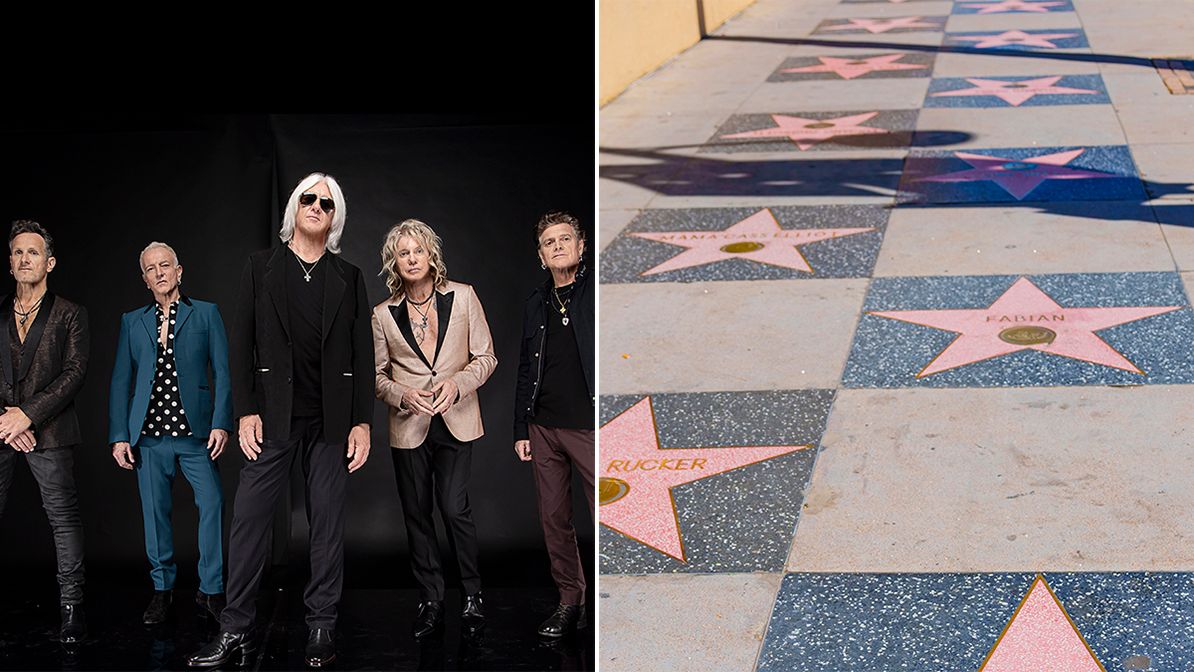Jim Parkinson: The Typographic Rebel Who Made Waves
Reflect on the legacy of Jim Parkinson, a typographic visionary whose iconic designs, like the 'Rolling Stone' logo, rebellious spirit, and artistry continue to inspire.

When we lose a pioneer like Jim Parkinson, the world dims slightly, forcing us to reconsider the very meaning of impactful art. In an age drenched in digital veneers and mass-produced tunes, Parkinson's work harkens back to a time when rebellion had a tangible form—when rock 'n' roll wasn’t just about the music but the movement.
A Design That Spoke Volumes: The 'Rolling Stone' Logo

Consider a time when picking up a magazine was an act of cultural defiance, not just a casual impulse at the checkout stand. Parkinson's iconic 'Rolling Stone' logo was not a mere title; it was a battle cry. Its bold, fluid script encapsulated the raw energy and unapologetic spirit of rock. This wasn't just about selling magazines; it was about celebrating a raw, authentic voice in an era that craved honesty.
Jim Parkinson understood that true art demands your attention—his work didn’t just catch eyes; it commanded hearts. It whispered the ethos of a movement that defied convention, placing authenticity over artifice. Who today can claim such a bold legacy?
A Typographic Trailblazer

Beyond 'Rolling Stone,' Parkinson’s artistry graced The New York Times, Esquire, and band logos for legends like The Doobie Brothers. He had an unmatched knack for marrying the traditional with the avant-garde, crafting designs that spoke a universal language.
His work was subversive yet sophisticated, a defiant nod to those who embraced the raw and the real over sanitized perfection. As today's culture leans toward the fleeting and fabricated, we must ask ourselves, "Where is the art that challenges? Where is the spirit that shakes us?"
Reflecting on Rebellion in Art
As we bid farewell to Parkinson, we aren't merely mourning a typographer; we are mourning a provocateur, a visionary who understood that design could be as rebellious as the music it visualized. In a world obsessed with transient trends, his creations remind us of the power of genuine artistry to evoke and provoke.
Today, the cultural landscape is often a sea of sameness, where shock is sold as substance. Yet, Parkinson’s work stands as a testament to the enduring need for art that challenges the norm. It implores us to demand more than the hollow echoes of the mainstream.
In the end, Parkinson's legacy isn’t just about letters and logos. It's a clarion call to question, to disrupt, and to create art that stirs the soul. The world still craves rock, still yearns for the daring and dangerous, and most importantly, still needs the authentic truths that artists like Parkinson dared to portray. Let his life’s work inspire us to reject the sanitized and embrace the electrifying pulse of true artistic rebellion.



